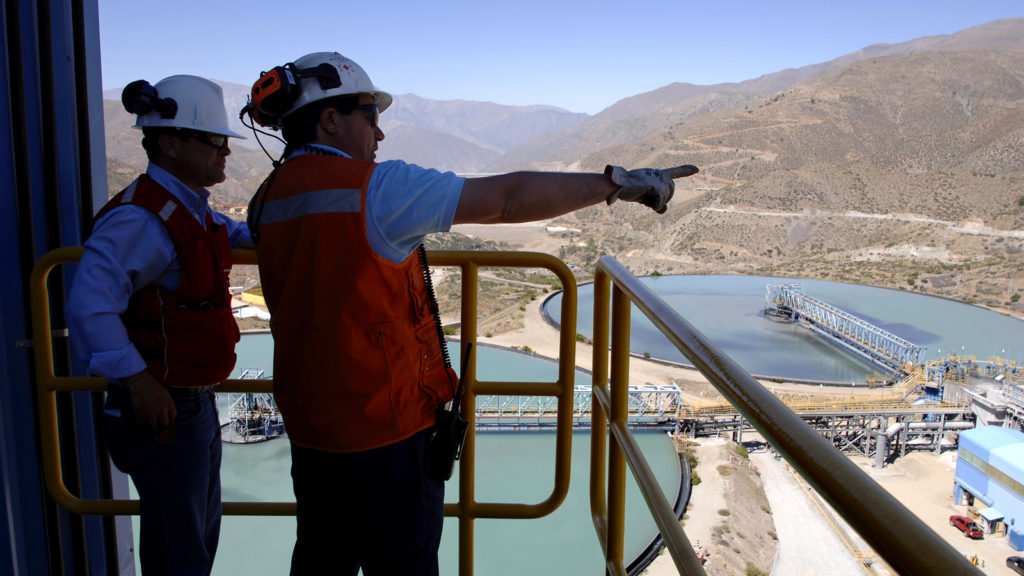
Chilean miner Antofagasta (LON: ANTO) said on Wednesday its copper output fell in the March quarter from the previous three months due to water shortages in the home country, which has been hit by a decade-long drought exacerbated by climate change.
The company, which has four copper mines in Chile, said reduced ore grades also weighed on production results for the first quarter of 2023.
Antofagasta churned out 145,900 tonnes of copper in the three months to March 31, down 25.4% from the fourth quarter of last year on lower water availability at its flagship Los Pelambres mine and lower grades at Centinela.
Overall production, however, climbed 5.1% from the first quarter of 2022 and chief executive Iván Arriagada expects output to keep expanding this year to meet production and cash cost guidance of 670-710,000 tonnes of copper at $1.65 per pound.
Arriagada noted the completion of a desalination plant and a concentrator plant expansion at Los Pelambres late last year will help the company achieve its targets.
He was also bullish on markets fundamentals, noting the copper market had been strong throughout the quarter, and that the company expected this to continue “as structural supply and demand dynamics support a tight physical market.”
Speaking at the CRU World Copper Conference in Santiago, Arriagada predicted a supply shortage this year, but expected the market to be better balanced in 2024 and 2025 because new sources of production would come online.
The large expected gap between production and demand, however, won’t be extremely evident until 2026, he noted.
Simon Morris, head of base metals at CRU, said in an emailed statement that copper will clearly remain one of the cornerstones elements enabling the energy transition, as it plays a key role in wind and solar power generation, electric vehicles and power grids.
He said the group’s updated copper market forecast indicates that copper producers will need to bring 6.5 million tonnes of as-yet uncommitted projects on stream by 2032.
“This will require at least $105 billion of investment to be committed by 2029, unless we see significant growth in supply from secondary metal, Morris said. Such large-scale investment, he noted, presents the copper industry with a unique moment in history to transform itself.
“Upcoming project execution must be done with a focus on decarbonizing all components of the value chain; creating political, social and industrial consensus on the regulatory framework for growth; while fostering greater collaboration between private and public enterprise,” he noted.
Morris’ comments come as Chile’s mining minister, Marcela Hernando, said this week at a copper conference in the capital Santiago that when it comes to mining investment in the country, sustainability was “not an option, but a condition.”
Antofagasta’s Centinela and Zaldivar mines, Chile’s state-owned Codelco’s flagship operation El Teniente, as well as BHP’s Escondida and Spence mines, already have gained the Copper Mark sustainability certification.
The environmental credential is a voluntary global program created in 2019 in line with the United Nations Sustainable Development Goals and each site must meet 32 sustainability criteria to achieve the international seal.